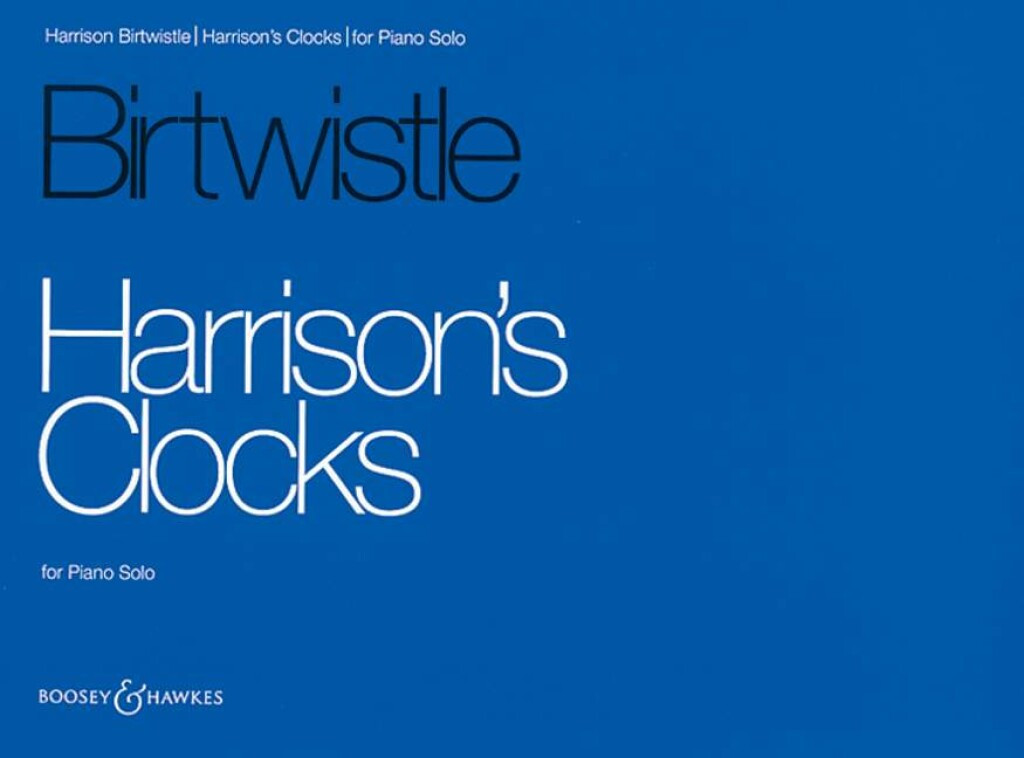The six highly individual Piano Etudes by Unsuk Chin represent as a collection one of the most challenging high peaks of the contemporary piano repertoire. Composed between 1995 and 2003, their abstract but often playful quality surfaces through formidable technical intricacy. This definitive edition, published with revisions from the composer unites the Etudes for the first time and represents an essential addition to the library of the most technically accomplished pianist.
Composer's note:
The music critic Oscar Bie wrote, with respect to Chopin, that there is no “piano music more ‘real’ than an etude,” since “the essence of the piano has become music in it.” I am of the same opinion, not only as far as Chopin is concerned, but also with regard to the etudes of other great piano composers: Liszt, Bartók, Messiaen, and the works of their predecessors as well: Scarlatti’s Essercizi, Bach’s Well-tempered Clavier or his Klavierübungen ... I am very much attracted by the boundary-crossing, “transcendental” (Liszt) aspect on which all important etudes are based: the idea that the pianist is prepared to push himself to – or past – his/her limits.Etude no. 1, In C, was composed in 1999. It was influenced by the Balinese gamelan music that I became better acquainted with during a sojourn on Bali in 1998, and that has played a role for me in many works. A number of concepts of gamelan music were decisive here: first, the rhythmic models (in particular the consistent overlapping of three different pulsations); second, the uniquely iridescent tonal world that comes about through the subtle tunings. (Strictly speaking, the latter cannot be realized on the piano, and yet it can be hinted at through the sonic structure of the piece and the pedal artistry of a skilled pianist.) In spite of these allusions to gamelan music, In C is not a paraphrase or even an imitation of it. The harmony of the piece is based on the tone C – yet the piece has nothing at all to do with the functional harmony: the overtone series of C merely forms the harmonic foundation of the piece. Etudes nos. 2 through 4 (Sequences, Scherzo ad libitum, Scales) were conceived as a group and written in 1995. In comparison to the other etudes, they have a relatively strong orientation on the piano music of classical modernism, especially as far as piano technique is concerned. The titles Sequences and Scales tell something about the compositional and pianistic problems of the second and fourth etudes. Scherzo ad libitum, on the other hand, is a character piece and thus forms a striking contrast to the other etudes. Toccata, the fifth etude, refers to Etude no. 1: it, too, is based on the overtone series of C. And yet the concept on which the Toccata is based is diametrically opposed to that of the first etude: in the place of inactivity, a very dynamic forward motion dominates here, as the title suggests, and this etude is a decidedly virtuoso piece. It begins with very simple cells that increasingly take on more complex and denser forms of appearance.
The sixth etude, Grains, was composed as a commission from London’s South Bank Centre on the occasion of Pierre Boulez’s seventy-fifth birthday. The formative influence for this piece was the granular synthesis with which I worked in the electronic studio. In electro-acoustic music, the elementary digital sonic particles, whose sounds measure between 1 and 50 ms, are called “grains.” These “sound seeds” are obtained by dissection of recorded sounds, and combined into new sounds by granular synthesis. In Grains, I attempted to simulate this concept on the keys of the piano. The piece is very distant from traditional piano music with regard to piano technique, and also to musical structure.
- Unsuk Chin -


